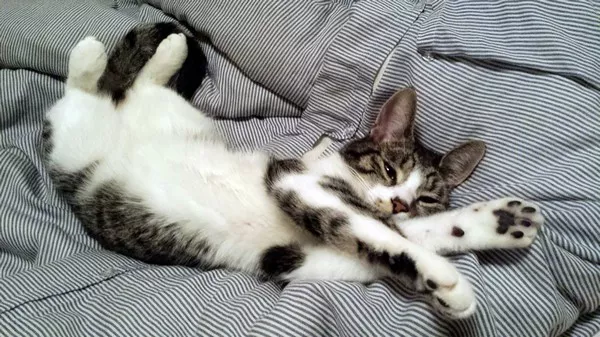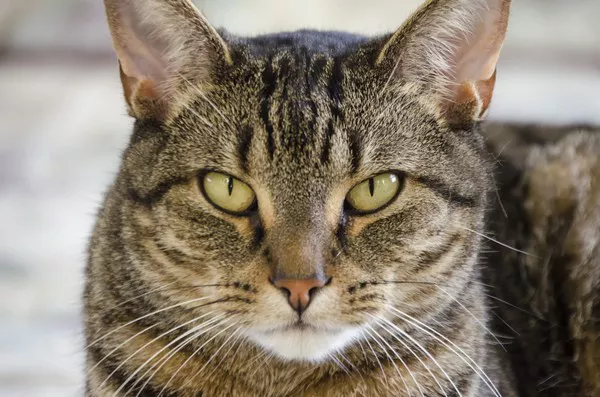Cats are fascinating creatures known for their independent nature, curious behavior, and unique communication methods. One common behavior exhibited by cats is scratching, which serves multiple purposes, including territory marking, stretching, and claw maintenance. As responsible pet owners, providing appropriate scratching outlets for our feline friends is essential for their physical and mental well-being. However, despite our best efforts to provide scratching posts, some cats may still choose to ignore them, leaving pet owners puzzled and frustrated. In this article, we delve into the reasons why cats may ignore scratching posts and explore strategies to encourage proper scratching behavior.
Understanding Feline Scratching Behavior
Before delving into the reasons why cats may ignore scratching posts, it’s essential to understand the natural behavior of cats and why they scratch in the first place. Scratching is an innate behavior in cats that serves several purposes:
Territory Marking: Cats have scent glands in their paw pads, and scratching allows them to mark their territory by depositing scent markings from these glands onto surfaces.
Stretching: Scratching helps cats stretch their muscles, tendons, and ligaments, promoting flexibility and overall well-being.
Claw Maintenance: Scratching helps cats shed the outer layers of their claws, keeping them healthy and sharp. It also allows them to remove the sheaths covering their claws, preventing them from becoming overgrown.
Emotional Expression: Scratching can also serve as a form of emotional expression, helping cats relieve stress, frustration, or excitement.
Given the multifaceted nature of scratching behavior, providing appropriate outlets for scratching is crucial for cats’ physical and emotional health. Scratching posts are designed to mimic the texture and resistance of surfaces that cats naturally prefer to scratch, such as tree bark. However, despite their best intentions, some pet owners may find that their cats show little interest in using scratching posts.
Common Reasons Why Cats Ignore Scratching Posts
1. Inadequate Placement: One common reason why cats may ignore scratching posts is their placement within the home. Cats prefer to scratch in areas where they spend most of their time, such as near windows, doorways, or furniture. Placing scratching posts in secluded or undesirable locations may result in cats ignoring them.
2. Unappealing Texture: Cats have specific preferences when it comes to the texture of scratching surfaces. While some cats may prefer sisal rope or carpeted surfaces, others may prefer corrugated cardboard or wood. If a scratching post’s texture does not align with a cat’s preferences, they may choose to ignore it.
3. Lack of Stability: Cats prefer scratching posts that are stable and sturdy. Posts that wobble or topple over easily may deter cats from using them, as they prefer to exert their full force when scratching.
4. Insufficient Training: Like any behavior, scratching needs to be taught and reinforced. Some cats may ignore scratching posts simply because they have not been properly trained to use them. Consistently redirecting and rewarding cats for using the scratching post can help reinforce the behavior.
5. Medical Issues: In some cases, cats may avoid scratching posts due to underlying medical issues such as arthritis or joint pain. If a previously avid scratcher suddenly stops using the scratching post, it’s essential to rule out any potential health concerns with a visit to the veterinarian.
6. Stress or Anxiety: Cats may also ignore scratching posts if they are experiencing stress or anxiety. Changes in the household environment, such as the introduction of a new pet or family member, moving to a new home, or changes in routine, can trigger stress in cats and affect their behavior.
Strategies to Encourage Scratching Behavior
Choose the Right Scratching Post: Experiment with different types of scratching posts to determine which textures and materials your cat prefers. Consider providing a variety of scratching surfaces throughout the home to cater to your cat’s preferences.
Strategic Placement: Place scratching posts in areas where your cat spends the most time, such as near their favorite resting spots or along common pathways. Additionally, consider placing multiple scratching posts in different areas of the home to increase accessibility.
Training and Reinforcement: Encourage your cat to use the scratching post by gently guiding their paws and rewarding them with treats or praise when they comply. Consistency is key, so be patient and persistent with training efforts.
Provide Alternatives: If your cat continues to ignore the scratching post, consider providing alternative scratching surfaces such as cardboard scratchers, cat trees, or even horizontal scratching pads. Some cats may prefer these alternatives over traditional scratching posts.
Address Underlying Issues: If your cat’s scratching behavior changes suddenly or significantly, consult with a veterinarian to rule out any underlying medical issues or behavioral concerns. Addressing any health or stress-related issues is essential for promoting proper scratching behavior.
See Also: 3 Effective Ways To Encourage Your Cat To Use A Scratching Post
Conclusion
In conclusion, understanding why cats may ignore scratching posts requires a comprehensive understanding of feline behavior and preferences. By identifying the underlying reasons for your cat’s reluctance to use a scratching post and implementing appropriate strategies, you can encourage healthy scratching behavior and ensure your cat’s well-being.



























